Sparkling Temples: Rotary’s Cleaning Mission
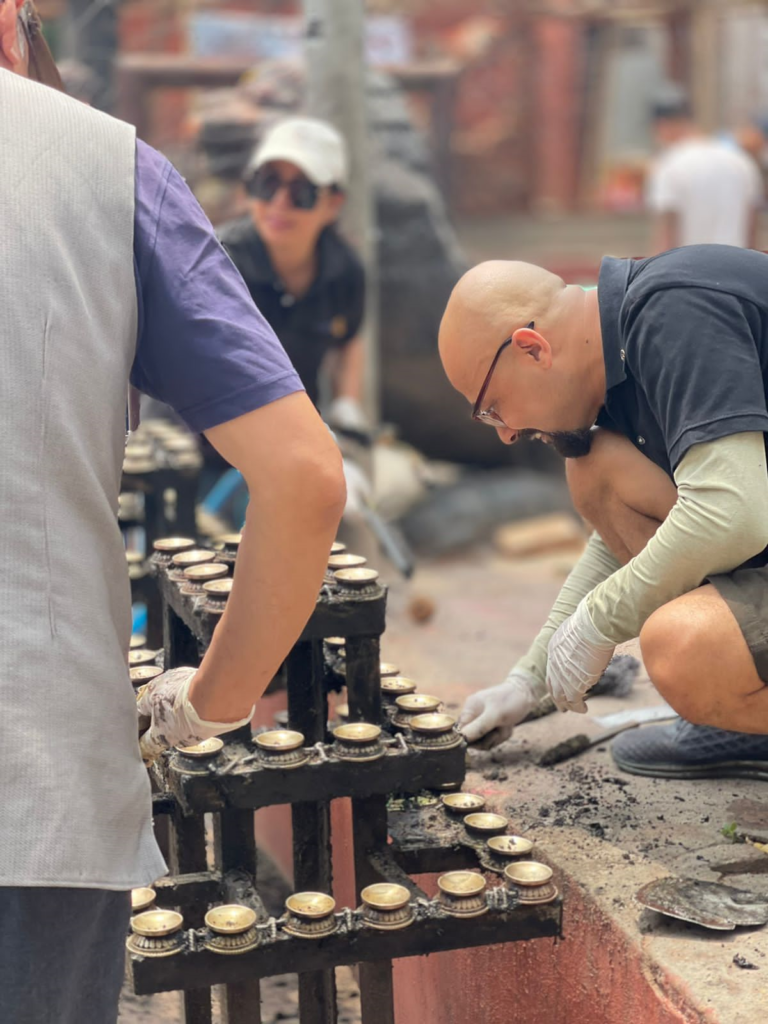
The Kathmandu Valley boasts a rich cultural and historical heritage, housing numerous World Heritage Sites that reflect its ancient and diverse cultural traditions. Notable among them are Kathmandu Durbar Square, Patan Durbar Square, Bhaktapur Durbar Square, Swoyombhunath Stupa, Pashupatinath Temple, and Boudhanath Stupa, which draw visitors from around the world.
In the morning, individuals follow their daily routines. Some devotedly visit the temple to pray, while others enjoy morning walks, occasionally incorporating a visit to the temple for reflection. Additionally, elderly community members gather at the temple to sing bhajans and engage in friendly conversations. The temple thus serves as a place for prayer, self-reflection, and community, bringing people of all ages together.
During temple worship, devotees actively participate in various religious rituals and practices. They offer prayers to the deity or deities, chant mantras, and present offerings of flowers, incense, lamps, fruits, and more. They use plastic bags or other disposable items to carry their worship materials. However, once they have completed their worship, they casually discard the empty bags in various places. This behavior suggests that they are deeply engrossed in their devotion, with little regard for maintaining the temple area and responsibly managing the waste they generate. It appears that they do not consider it their responsibility to address these issues. In some locations, there is a customary practice of disposing of waste materials like plastic and paper by burning them within the temple premises.
Recognizing this issue, the Rotary Club of Yala decided to do clean-up drives for three-four temples every year. One may called this the TEMPLE RUN project, where we move from one temple to another.
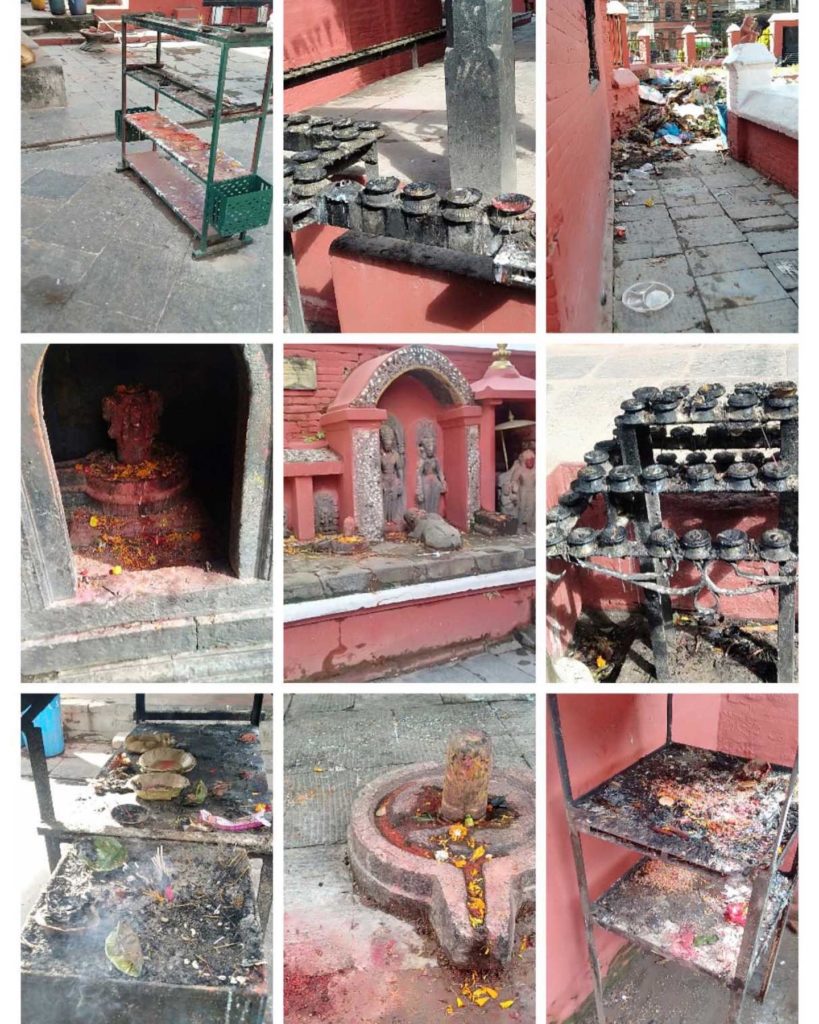
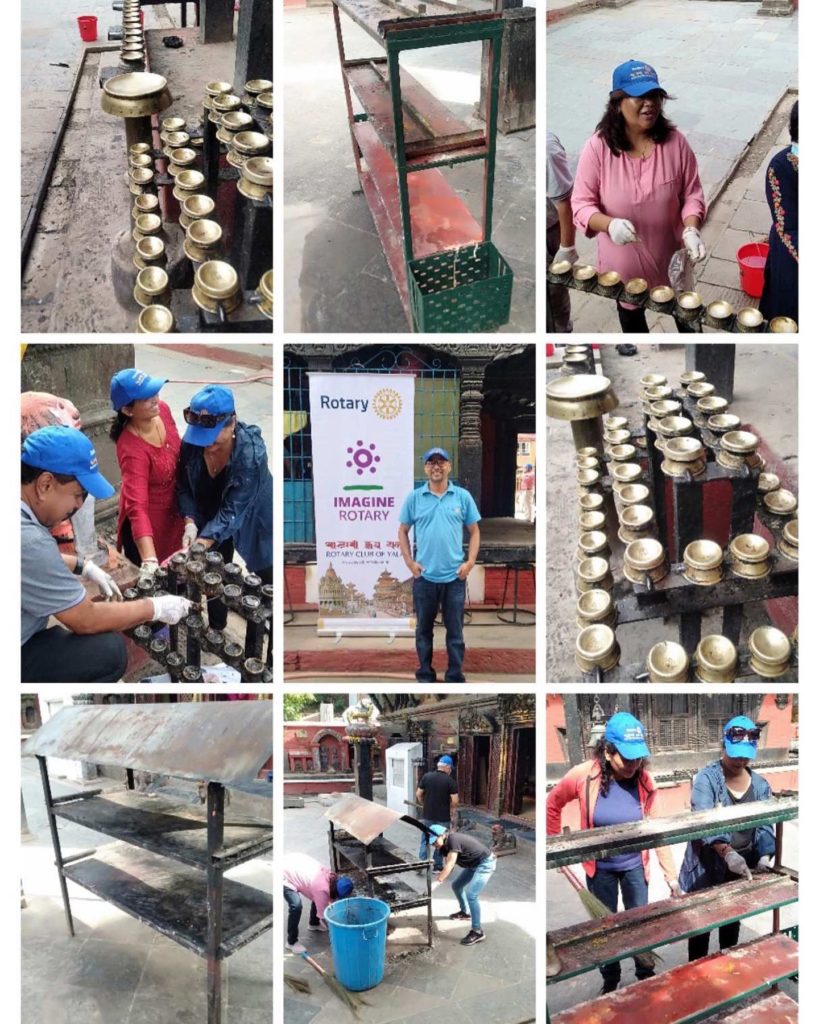
During the Rota Year 2021-22, we collaborated with local groups, Interact, and Rotaract to clean the Chandeswori Temple in Pimbahal, Lalitpur. Approximately 50-55 volunteers joined us in this endeavor. The nearby residents expressed great satisfaction with our program, and we were delighted to witness the community coming together.
In the following Rota Year 2022-23, we extended our efforts to clean the Banglamukhi Temple, Mahalaxmisthan Temple, and the Machindra Natha Chariot Area in Lalitpur. In the current Rota Year 2023-24, we are focused on cleaning the Karyabinayak Temple and Shree Balkumari Temple in Sunakoti. We received significant support from various local groups and the community for these projects.
Cleaning one time is not enough, we have to clean on regular basis. By taking initiation on cleaning and preserving these temples, Rotary can play a crucial role in safeguarding the cultural heritage and traditions of the community.
By cleaning temples, individuals and communities engage in a form of social responsibility, taking care of shared spaces that hold cultural and religious significance. This actions can inspire other organizations, community groups, and individuals to undertake similar initiatives.
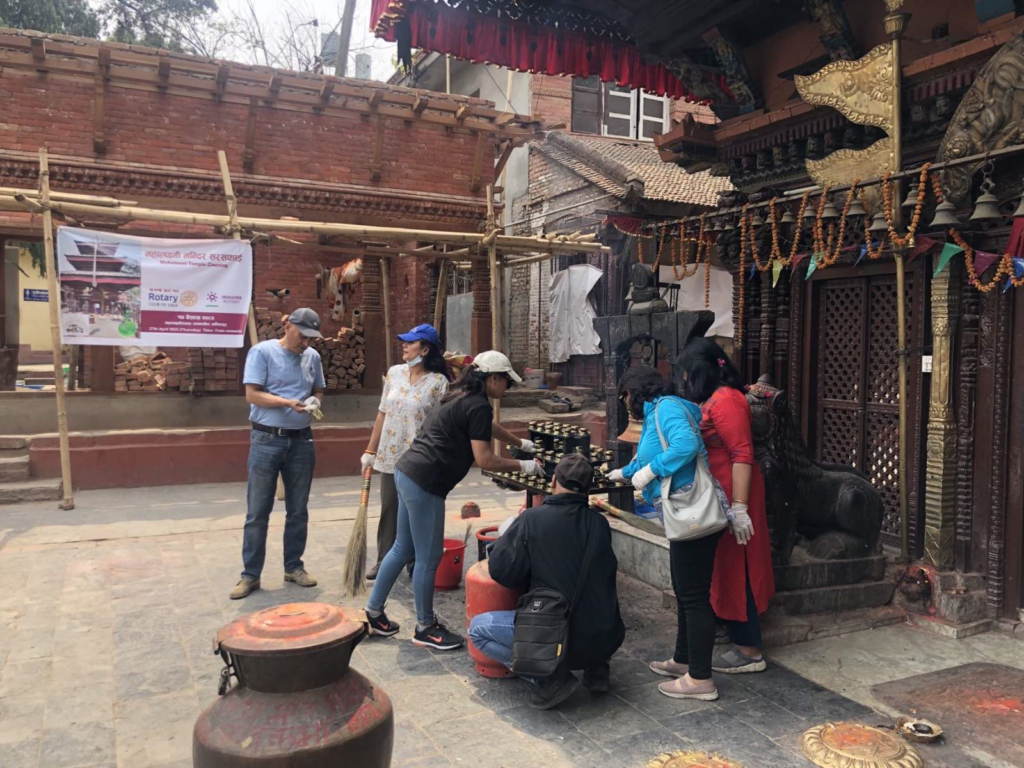
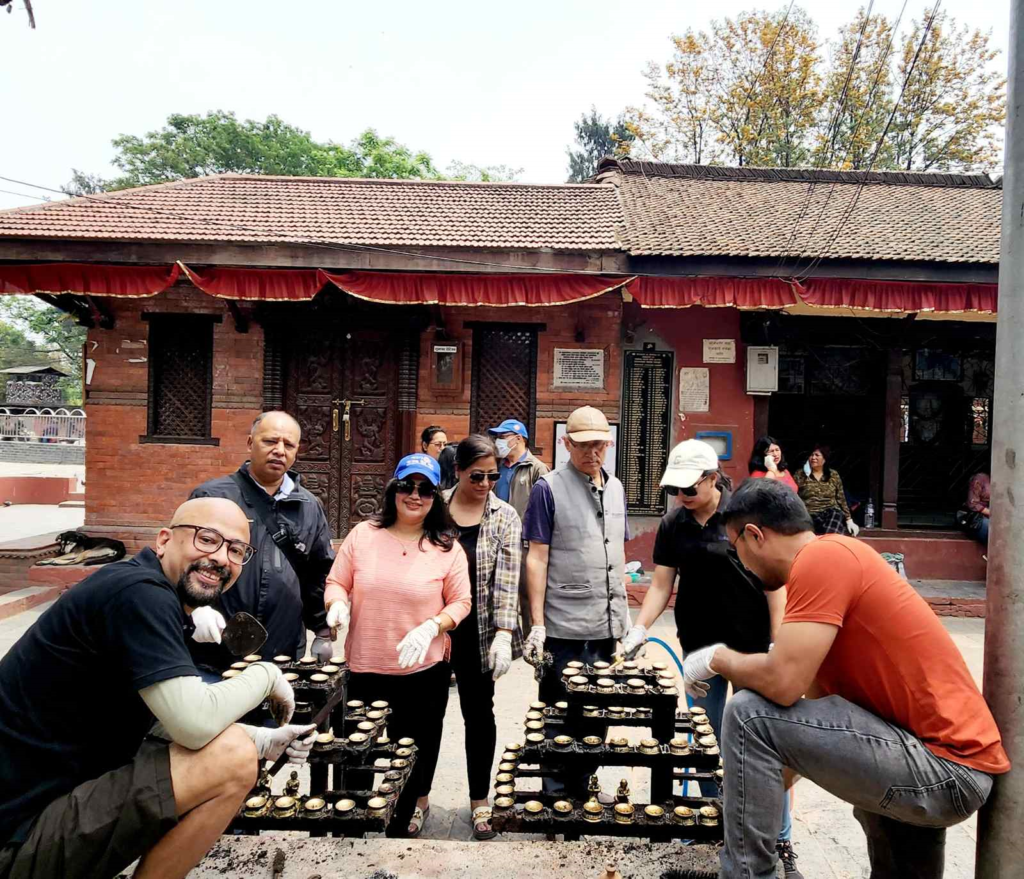
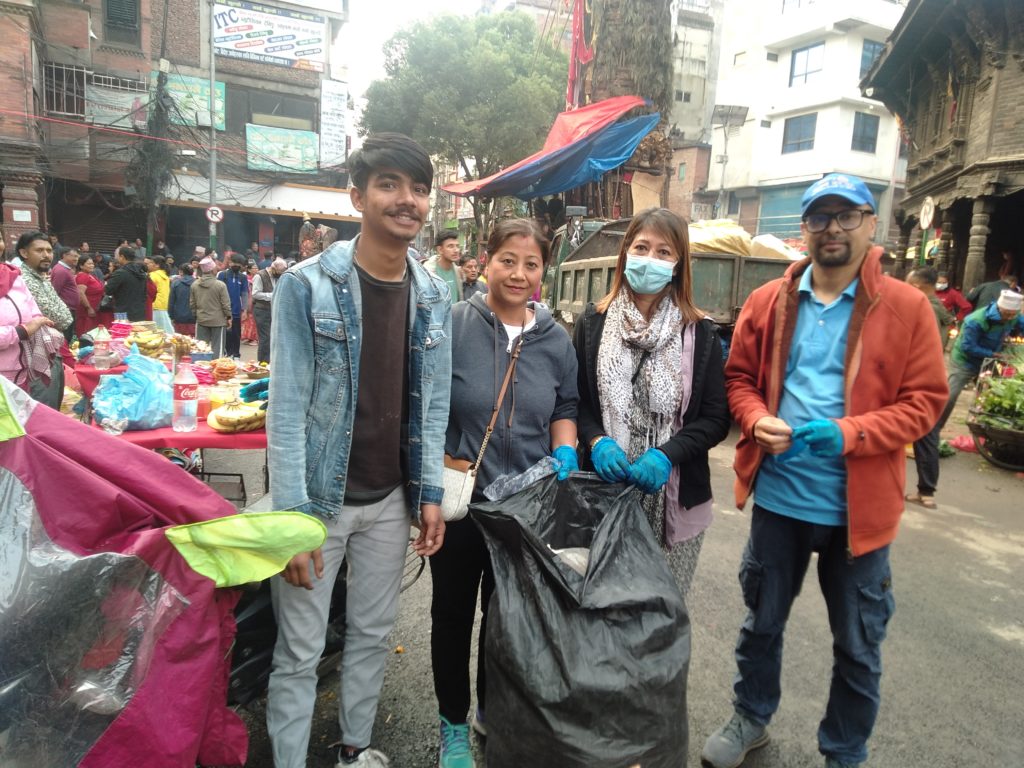
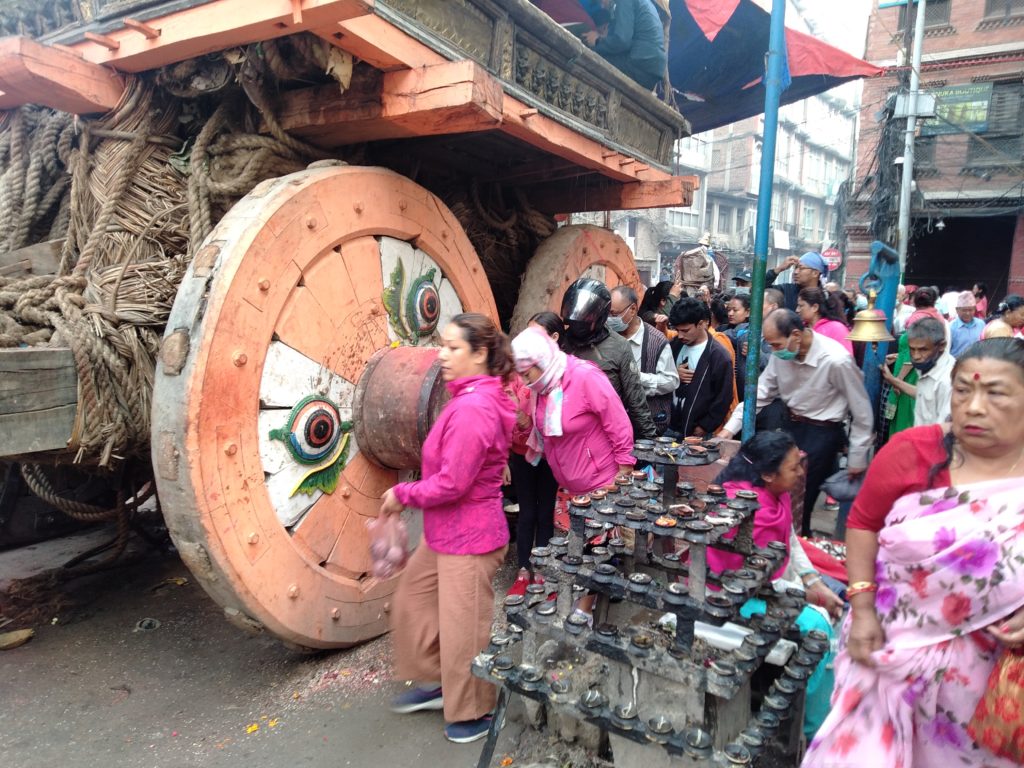
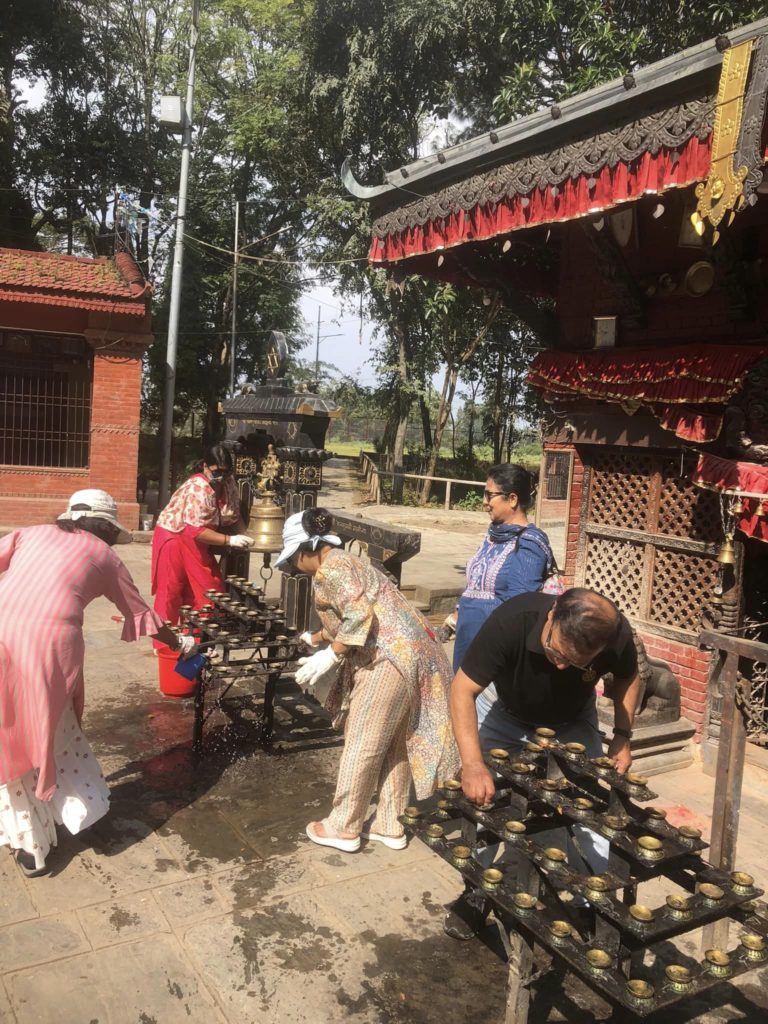
Rotary’s initiative to clean temples aligns with its core values of service, community engagement, and leadership. It can have far-reaching positive effects on the community’s health, culture, environment, and overall well-being, making it a worthwhile endeavor for the organization.
In summary, cleaning temples goes beyond mere sanitation; it encompasses cultural, spiritual, and environmental aspects, fostering a sense of community and responsibility while maintaining the sanctity of these revered places.
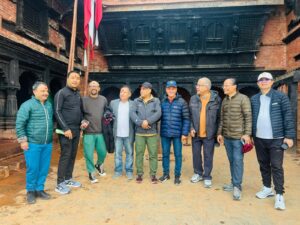
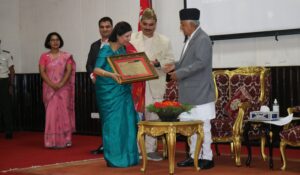
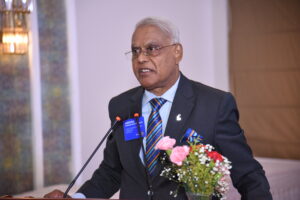


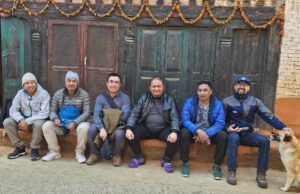

Eyes opening for devotee
please email me for next temple cleaning program.
Wonderful write up and travel trek experience and a unique way of preserving our temples